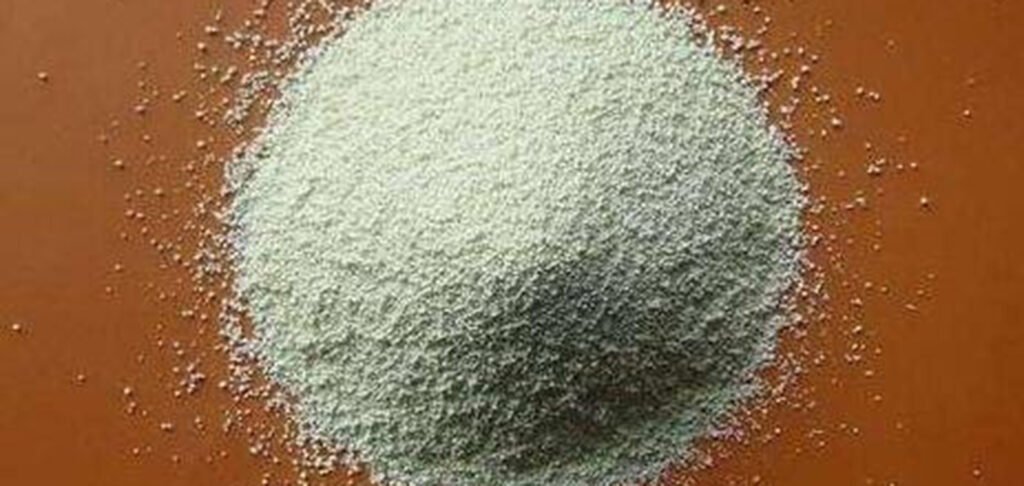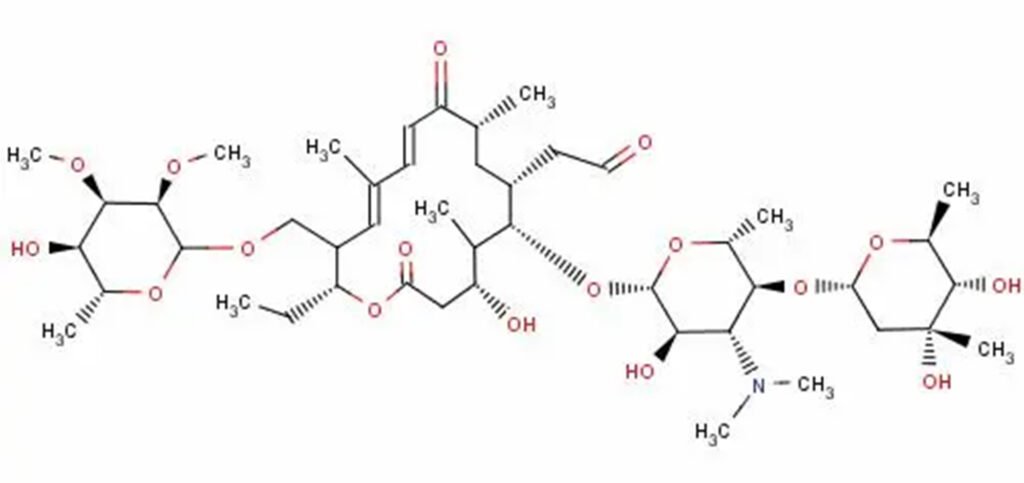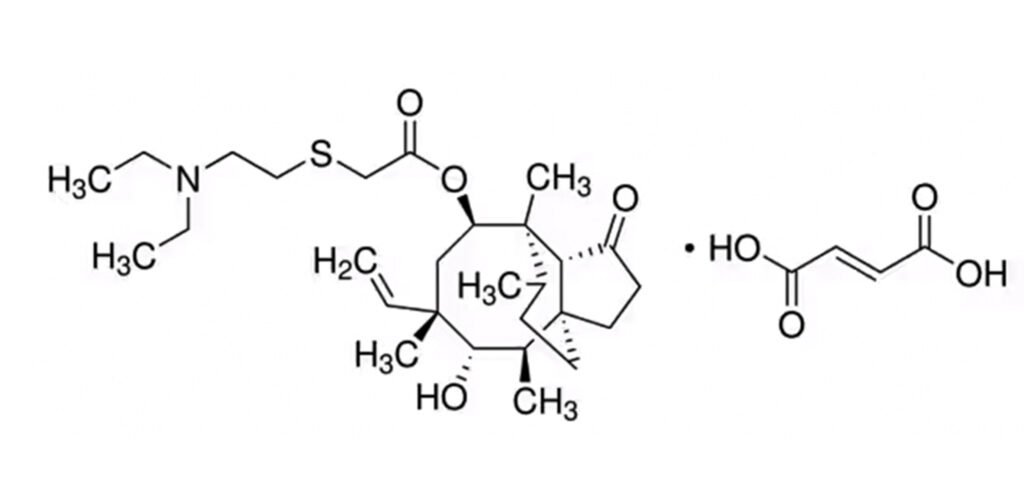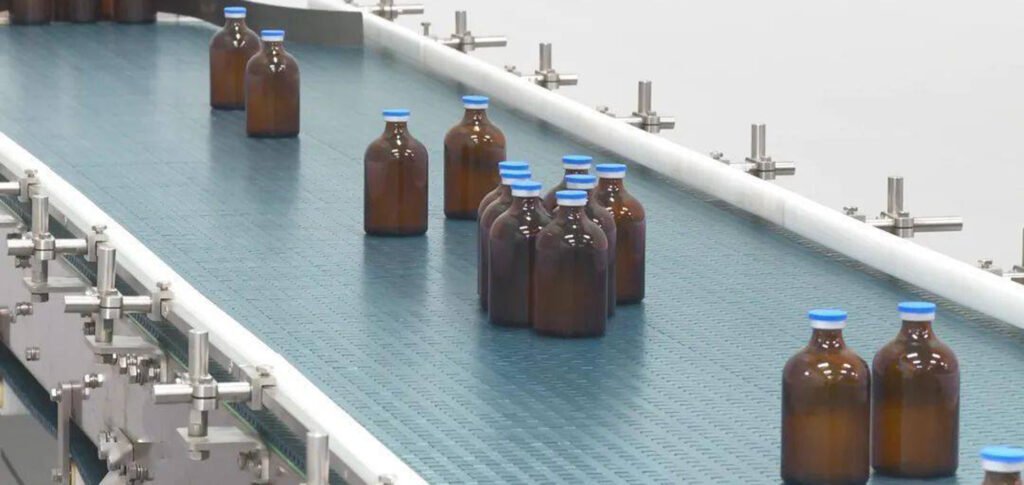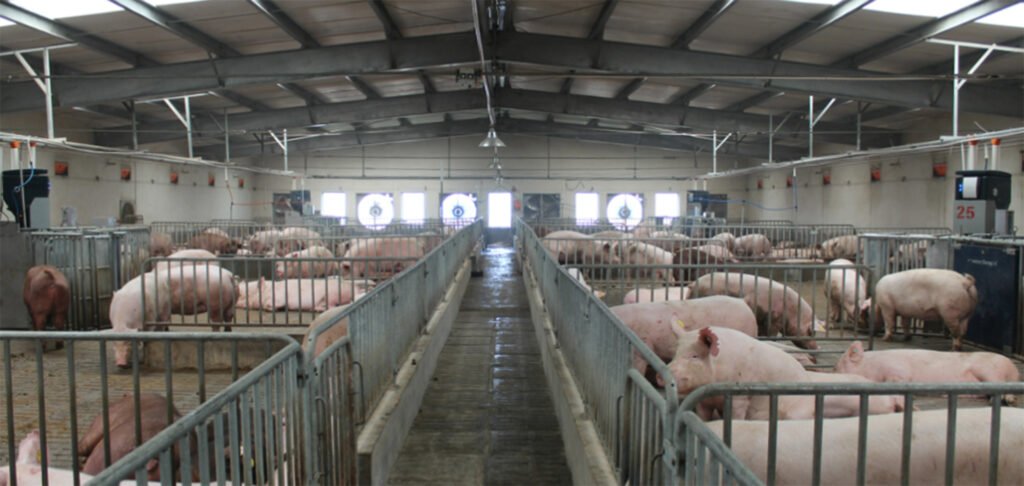Tylvalosin, tylosin and tiamulin can be purchased on the market nowadays. The names of these three drugs are very similar, and people are always confused about them. What are the differences among these three drugs and how can they be used to achieve the best effects respectively?
Indeed, tylvalosin, tylosin and tiamulin are all commonly used antibiotics in livestock farming nowadays. Although their names are similar, the diseases that each of them can treat are different. Today, I’d like to popularize science with pig farming friends about the differences among these three antibiotics and how to use them to maximize their efficacy.
There are a total of eight major categories of antibiotics available in livestock and poultry farming nowadays. And within each category, there will be one or two commonly used ones. For example, in the β-lactam category, amoxicillin, ceftiofur and penicillin are commonly used; in the aminoglycoside category, gentamicin and kanamycin are commonly used; in the chloramphenicol category, florfenicol is commonly used; in the tetracycline category, doxycycline and oxytetracycline are commonly used; and in the macrolide category, tilmicosin, tylvalosin and tylosin are commonly used.
Among the commonly used antibiotics, tylvalosin, tylosin and tiamulin are often confused by many pig farmers because of their similar names. However, the differences among these three veterinary drugs are more than just a difference in one character.
- They belong to different classifications.
Tylosin belongs to the first-generation macrolide drugs. It was extracted from the culture broth of Streptomyces fradiae by an American company in 1959. Currently, the phosphate and tartrate salts of tylosin are commonly used in clinical practice.
Tylvalosin belongs to the third-generation macrolide drugs. It was prepared by Japanese scientists in the 1980s through acetylation, isovalerylization and alcoholysis reactions of tylosin, and is also known as synthetic acetylisovaleryl tylosin. Currently, its tartrate salt is commonly used in clinical practice.
Tiamulin belongs to the diterpene antibiotics. It was developed by Australian scientists in 1951. It is obtained by chemical synthesis after obtaining pleuromutilin through fermentation of the basidiomycete Pleurotus. Currently, its hydrogen fumarate salt is used in clinical practice.
- They are used to target different diseases.
Tylosin is mainly effective against Gram-positive bacteria and some Gram-negative bacteria. Meanwhile, it is also one of the macrolide drugs with the strongest effect on mycoplasmas. However, tylosin is ineffective against the porcine reproductive and respiratory syndrome virus (PRRSV).
The antibacterial spectrum of tylvalosin is similar to that of tylosin. However, tylvalosin can accumulate in alveolar macrophages, which are the main replication sites of the PRRSV, thus changing the internal pH of alveolar macrophages and making them acidic inside. Since the PRRSV prefers an alkaline environment, the replication of the PRRSV can be inhibited in this way, thereby achieving the effect of preventing and treating porcine reproductive and respiratory syndrome (PRRS).
As for tiamulin, its antibacterial spectrum is also similar to that of tylosin. It mainly has a relatively strong inhibitory effect on Gram-positive bacteria, but has a weak effect on Gram-negative bacteria, especially intestinal bacteria. Moreover, its effect on mycoplasmas is better than that of macrolide drugs. In addition, tiamulin is also ineffective against the PRRSV.
3. The withdrawal periods are different.
For tylosin, the withdrawal period for chickens is 1 day, and it is prohibited to use it during the laying period of laying hens. For tylvalosin tartrate, the withdrawal period for chickens is 5 days, that for pigs is 3 days, and it is prohibited to use it during the laying period of laying hens. For tiamulin fumarate, the withdrawal period for pigs is 7 days, that for chickens is 5 days, and it is prohibited to use it during the laying period of laying hens.
How to Use the Three Drugs to Achieve the Best Efficacy
1) Tylosin
Based on the antibacterial spectrum of tylosin, it has a better effect on Gram-positive bacteria. Currently, it is mainly used clinically to treat various streptococcal infections, Staphylococcus aureus infections. It can also be used to treat mycoplasmal pneumonia of pigs caused by Mycoplasma hyopneumoniae and joint swelling caused by Mycoplasma synoviae. In addition, it also has a good therapeutic effect on diarrhea caused by Brachyspira hyodysenteriae.
Compatibility Taboos of Tylosin: Tylosin will produce antagonistic effects when combined with other macrolides, lincosamides, chloramphenicols, tiamulin and β-lactams, so it is not easy to use them in combination. Clinically, it can be used in combination with doxycycline and sulfamethazine to expand the antibacterial spectrum and enhance the efficacy.
2) Tylvalosin
Tylvalosin was developed to solve two problems, namely the resistance of bacteria and mycoplasmas to tylosin and the low blood drug concentration. So theoretically, tylvalosin can treat all the diseases that tylosin can treat. In addition, tylvalosin also has a good effect on proliferative enteritis, which is common in fattening pigs and replacement gilts. It also has a certain preventive and control effect on porcine reproductive and respiratory syndrome (PRRS), which leads to miscarriage and stillbirth in sows and a high incidence of respiratory diseases in nursery piglets.
If it is for proliferative enteritis, it is recommended to use tylvalosin in combination with Sophora flavescens anti-diarrhea granules for 21 consecutive days. If it is for PRRS, it is recommended to use tylvalosin + Radix Isatidis granules + Astragalus polysaccharide powder and add them regularly every month for 10 – 14 days.
3) Tiamulin
Since tiamulin has a relatively weak effect on Gram-negative bacteria, especially intestinal bacteria, it is mainly used to treat various respiratory diseases, such as mycoplasma infections, streptococcal diseases in pigs, Staphylococcus aureus diseases, porcine contagious pleuropneumonia, swine dysentery caused by Brachyspira hyodysenteriae, and porcine proliferative enteritis. Among them, its effect on mycoplasma infections in pigs and proliferative enteritis is better than that of macrolide drugs.
Compatibility Taboos of Tiamulin: It is prohibited to use it continuously with polyether ionophore antibiotics (such as monensin, salinomycin, etc.). In addition, when combined with other antibiotics that can bind to the 50S subunit of the bacterial ribosome (such as macrolide antibiotics, lincomycin), due to the competition for the same action site, it may lead to a reduction in drug efficacy, so their combined use should also be avoided.
